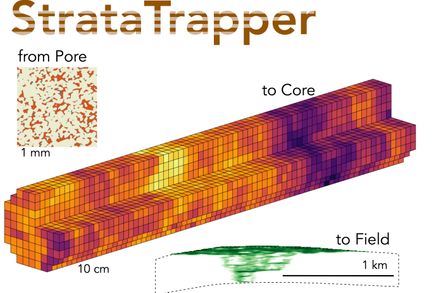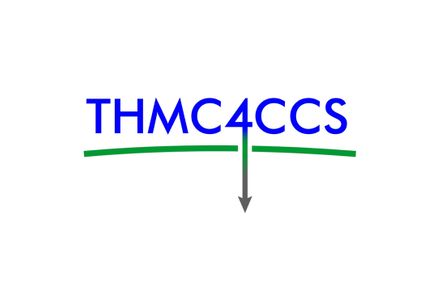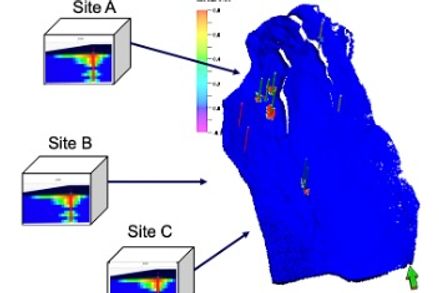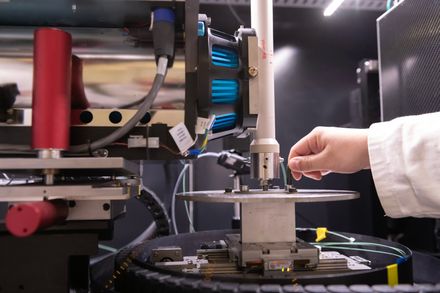BibTex format
@article{Veillard:2019:10.1016/j.gca.2019.02.012,
author = {Veillard, C and John, C and Krevor, S and Najorka, J},
doi = {10.1016/j.gca.2019.02.012},
journal = {Geochimica et Cosmochimica Acta},
pages = {190--212},
title = {Rock-buffered recrystallization of Marion Plateau dolomites at low temperature evidenced by clumped isotope thermometry and X-Ray diffraction analysis},
url = {http://dx.doi.org/10.1016/j.gca.2019.02.012},
volume = {252},
year = {2019}
}





